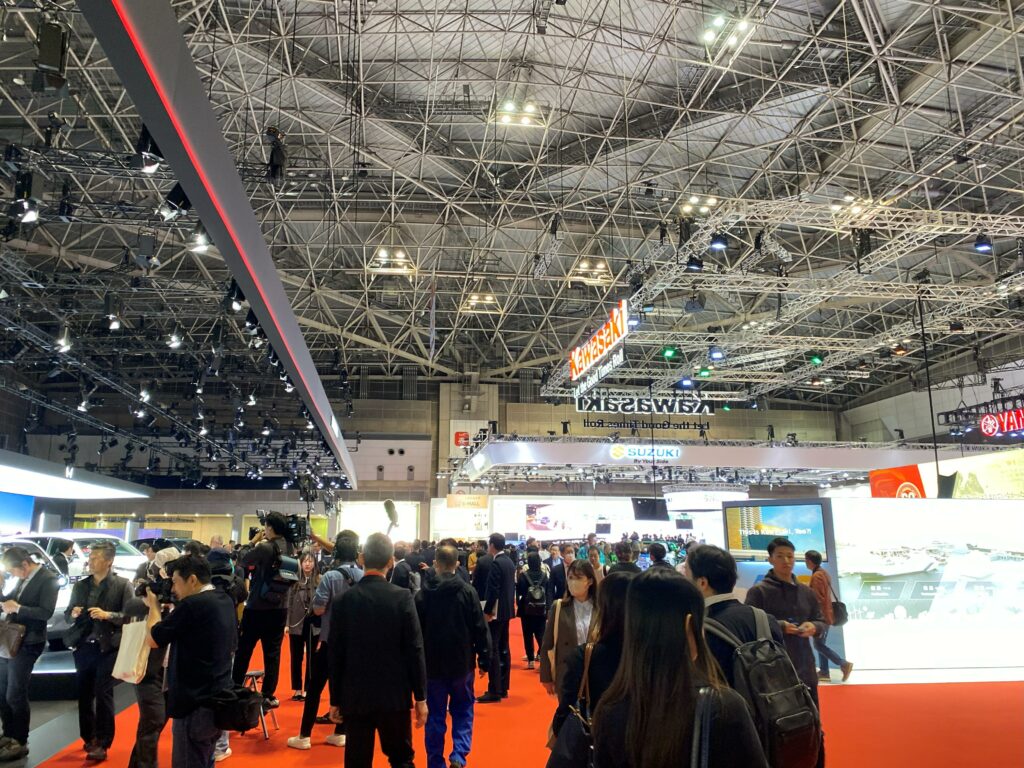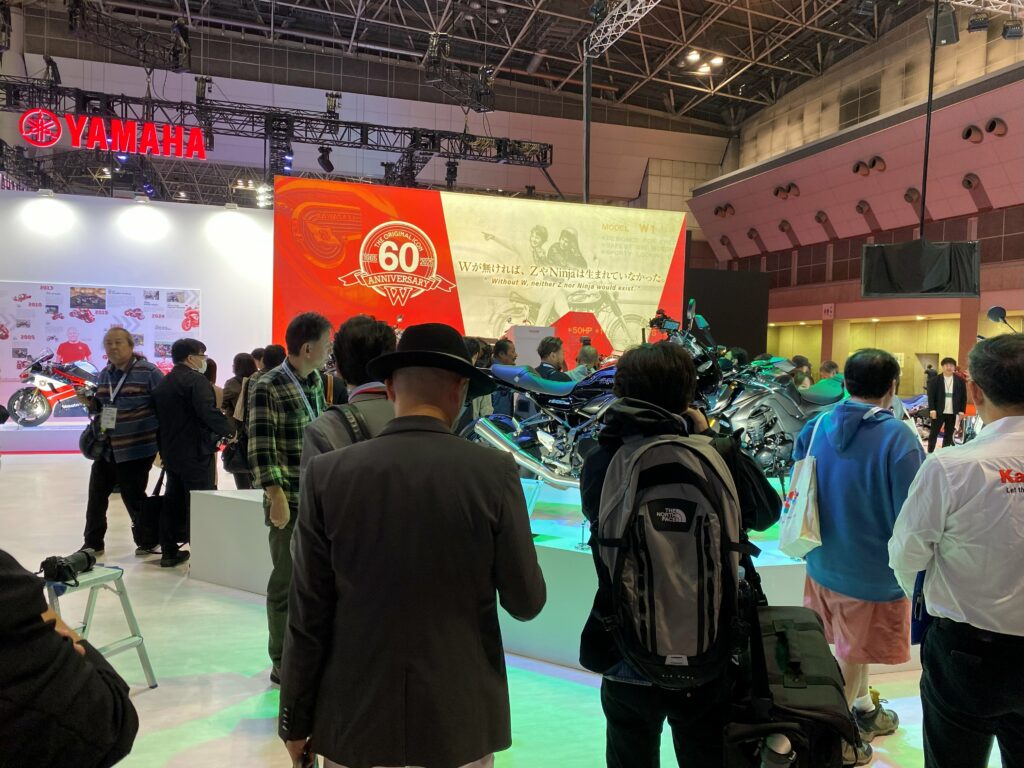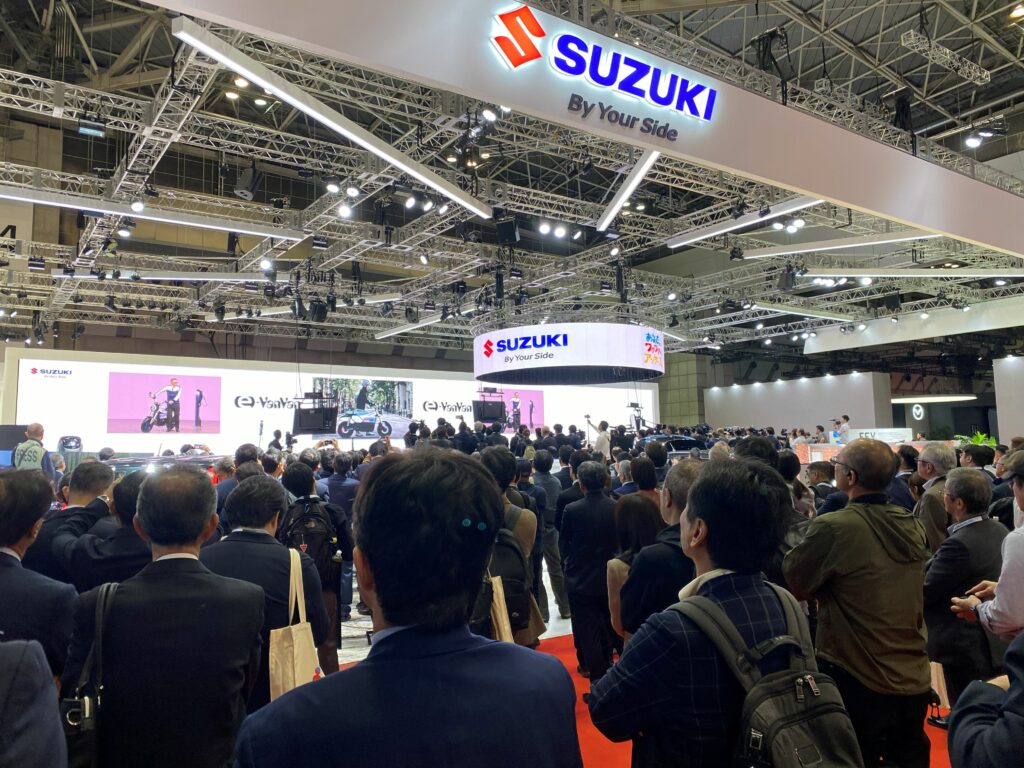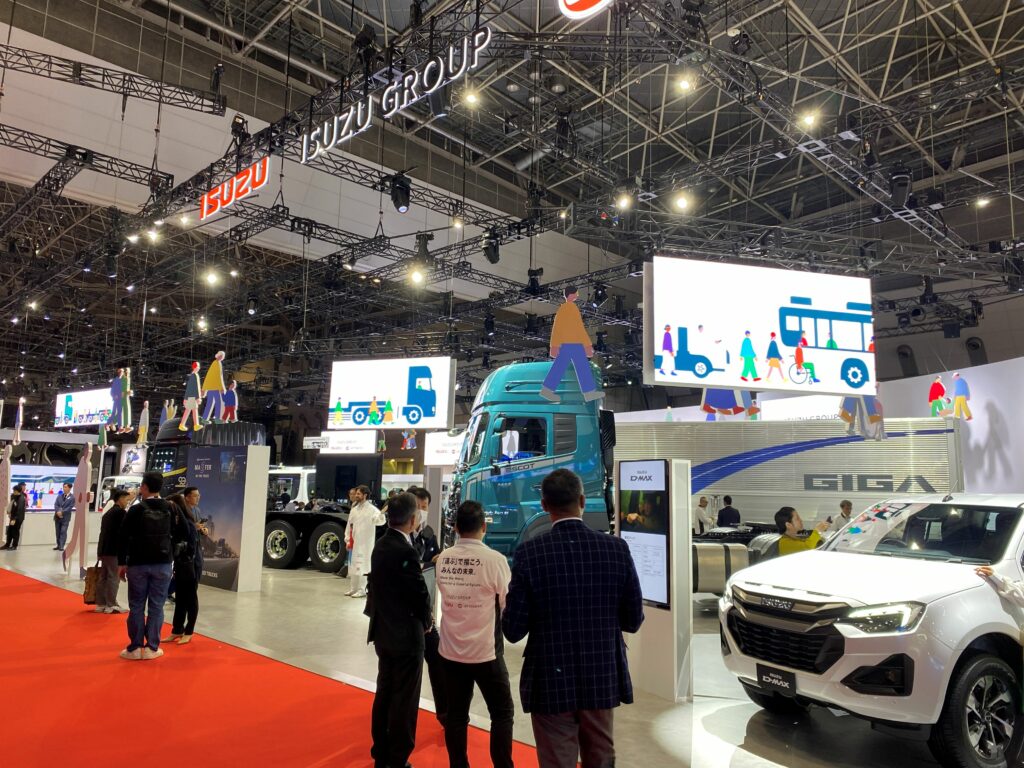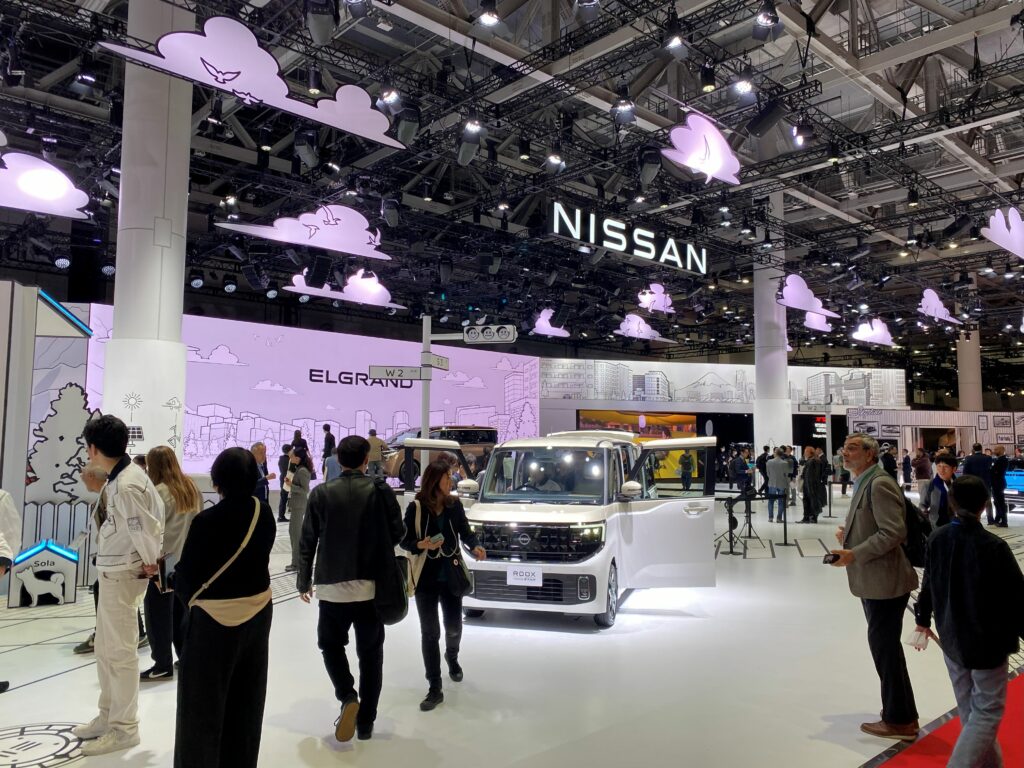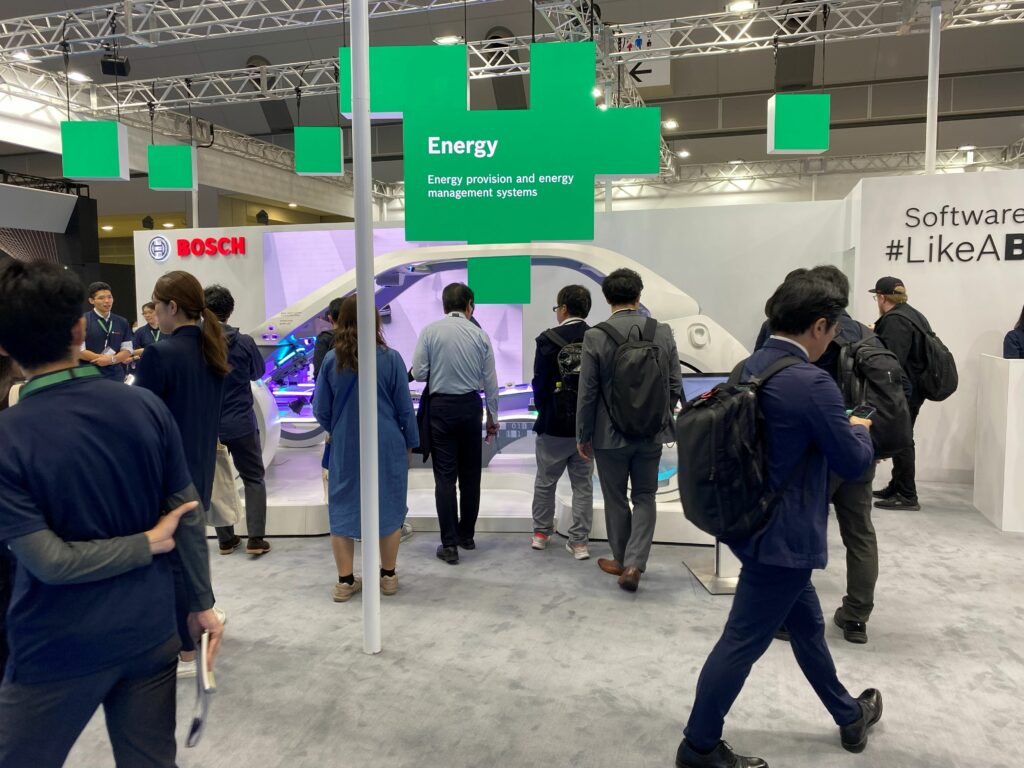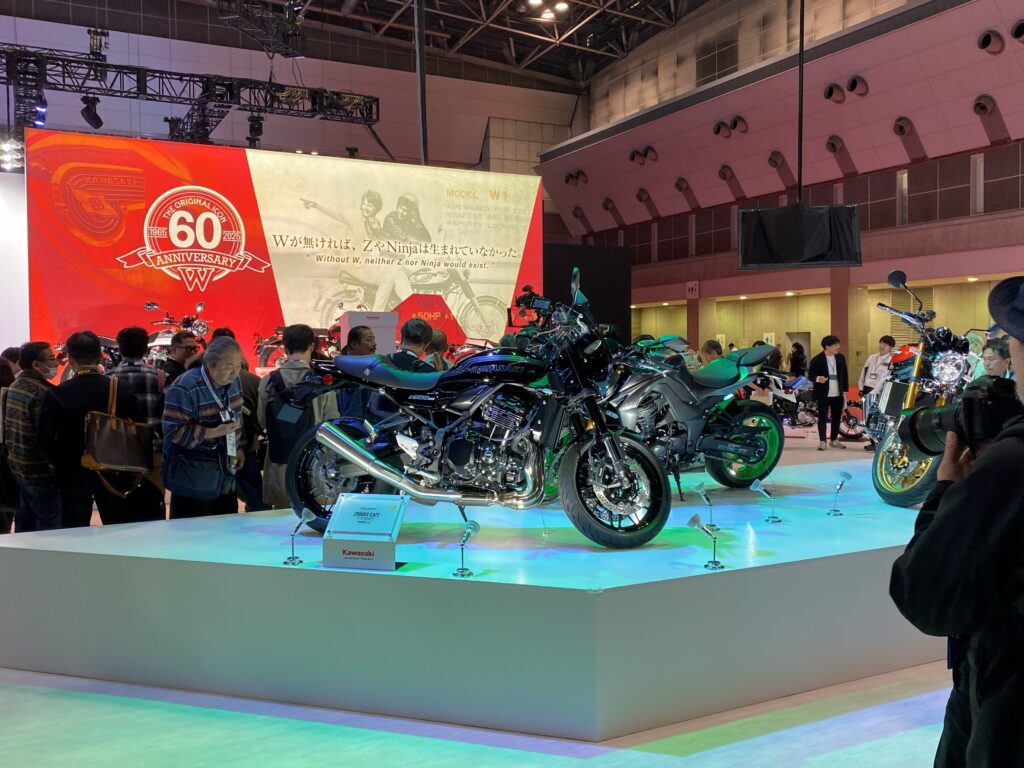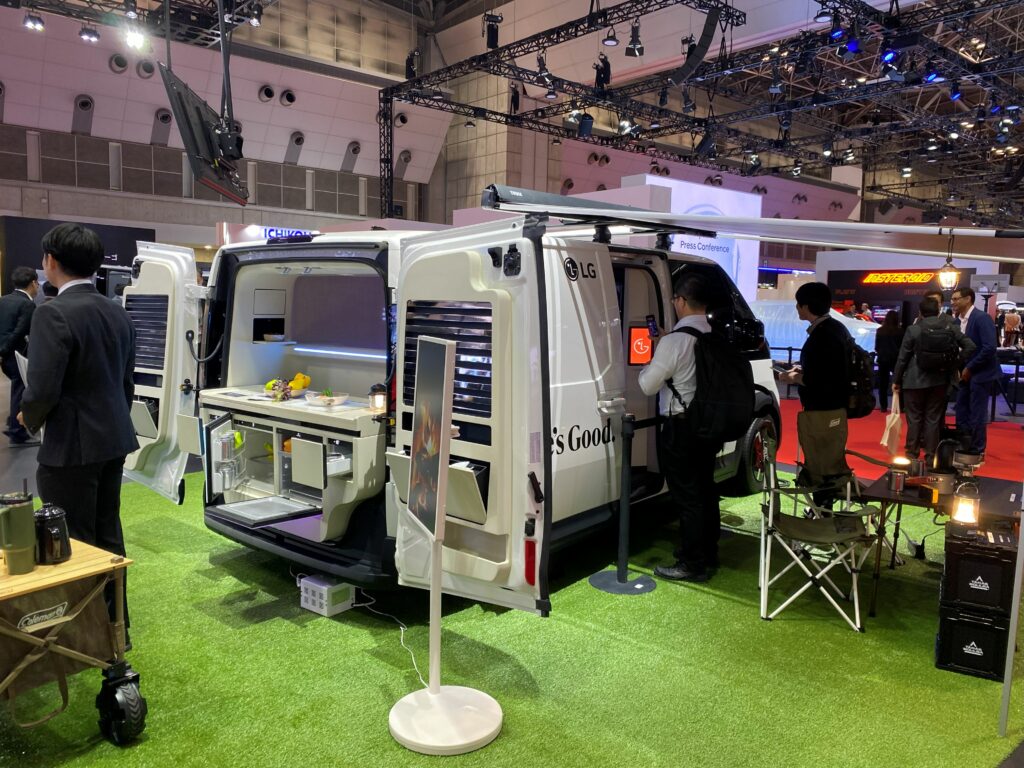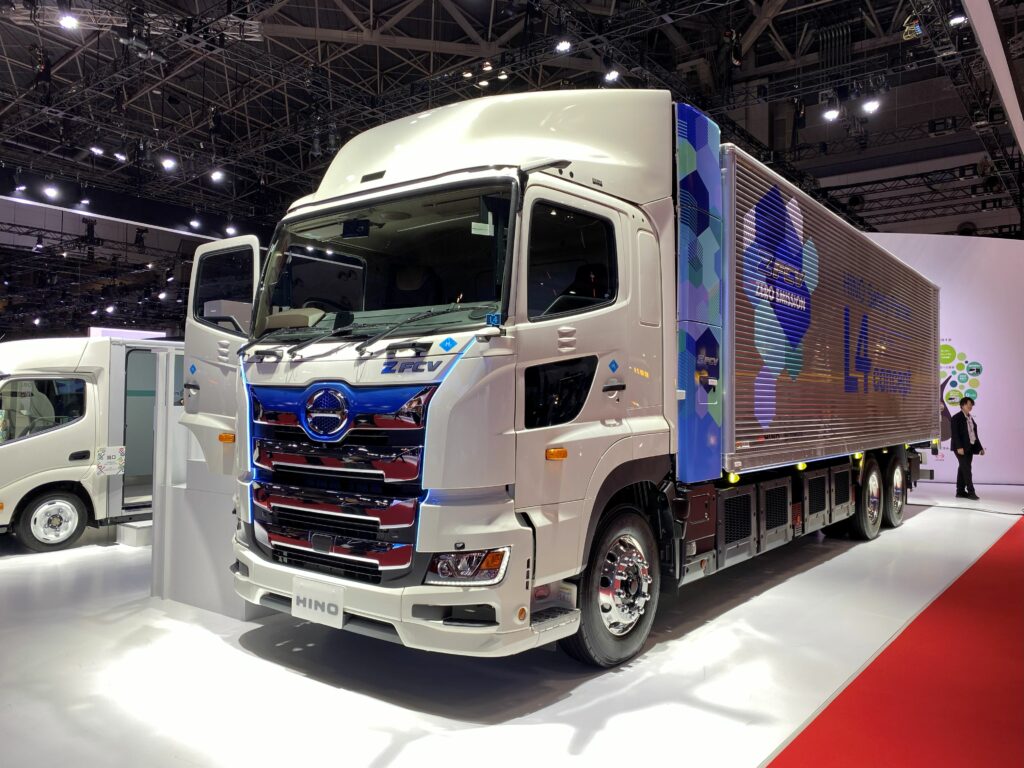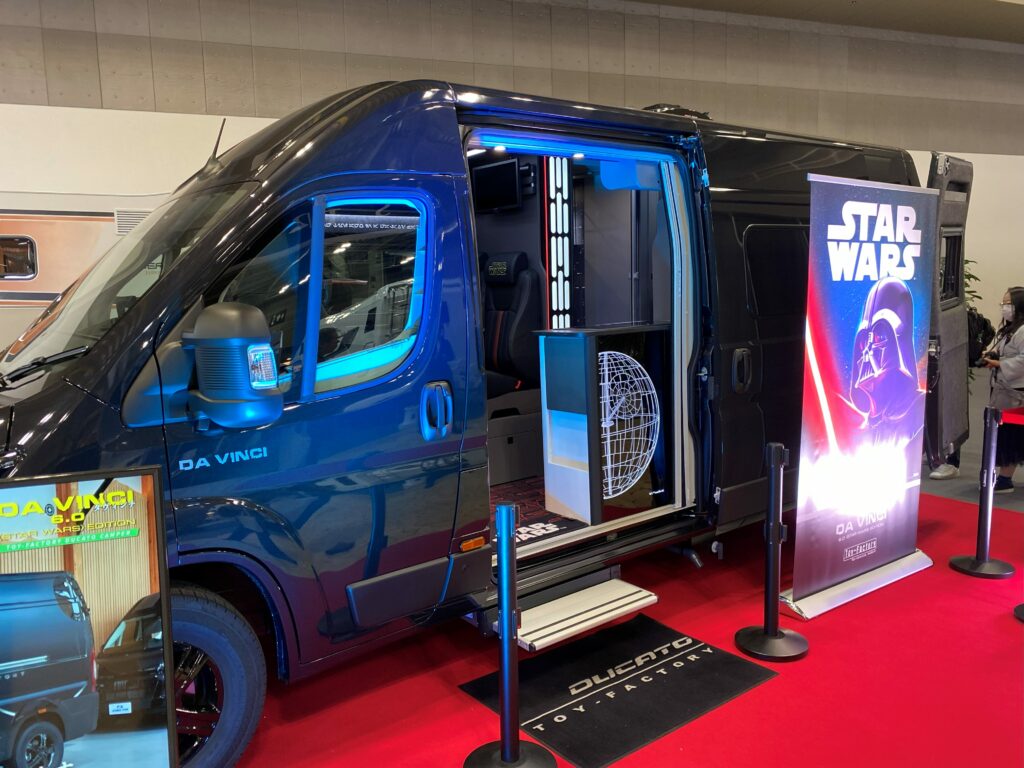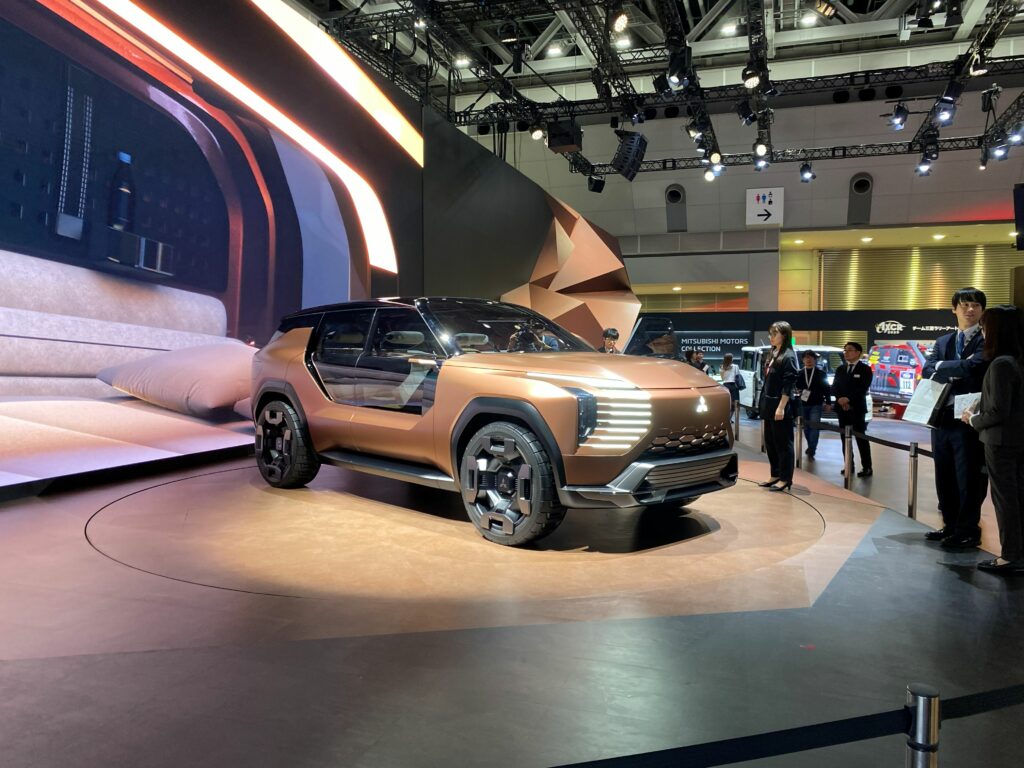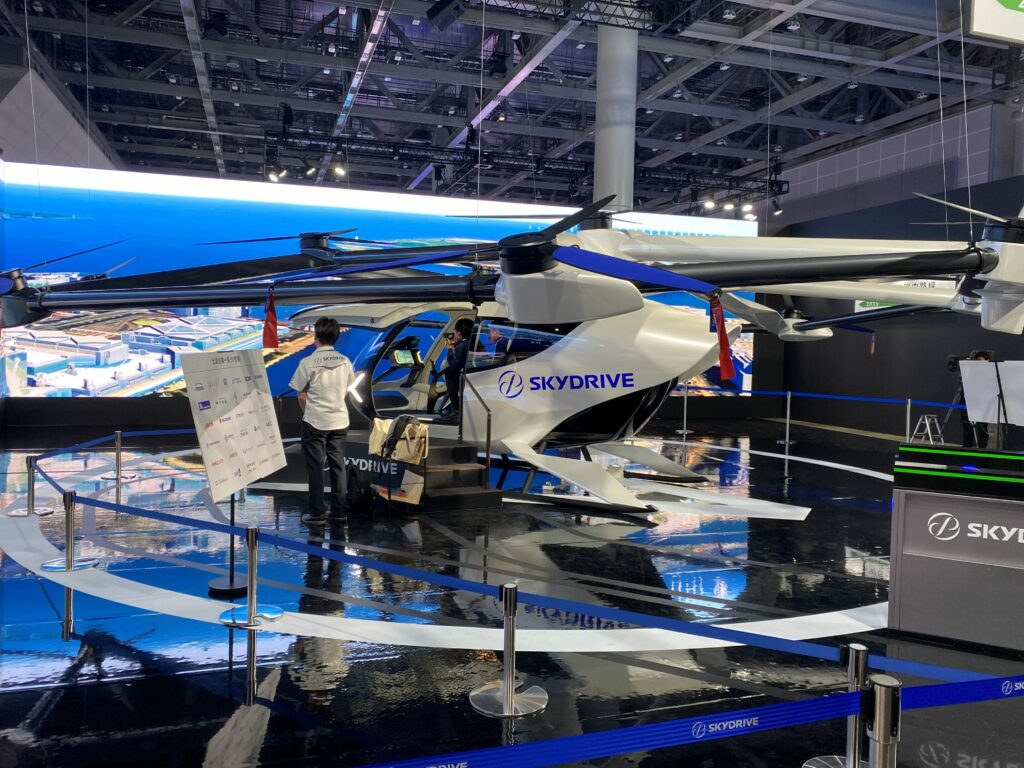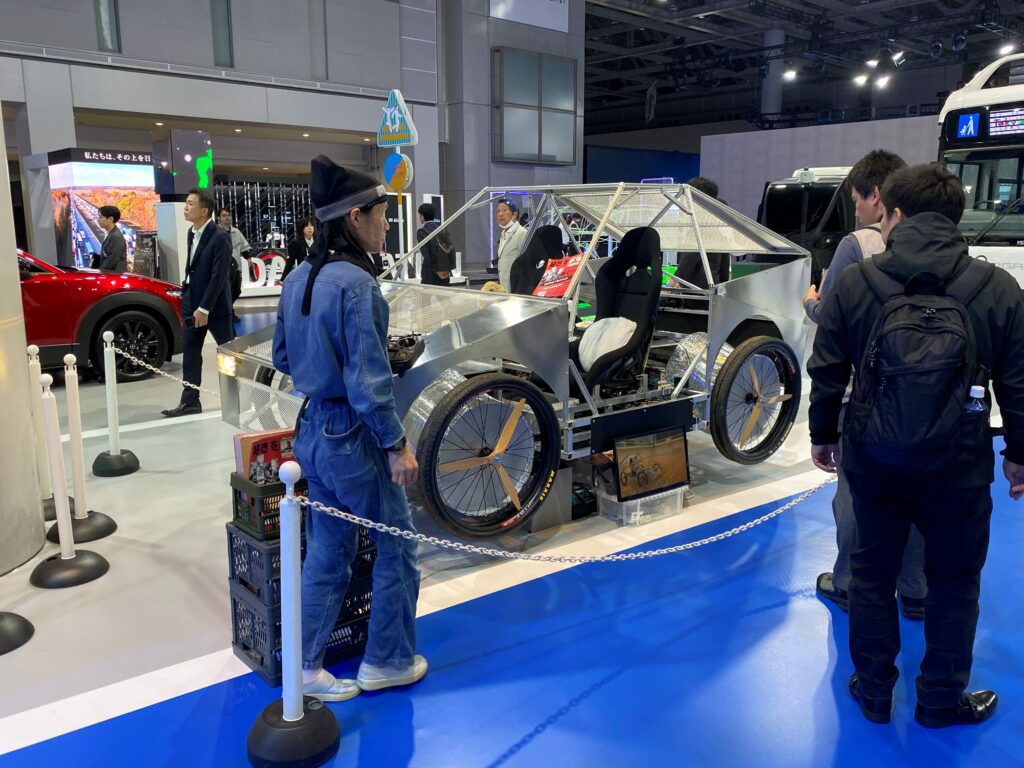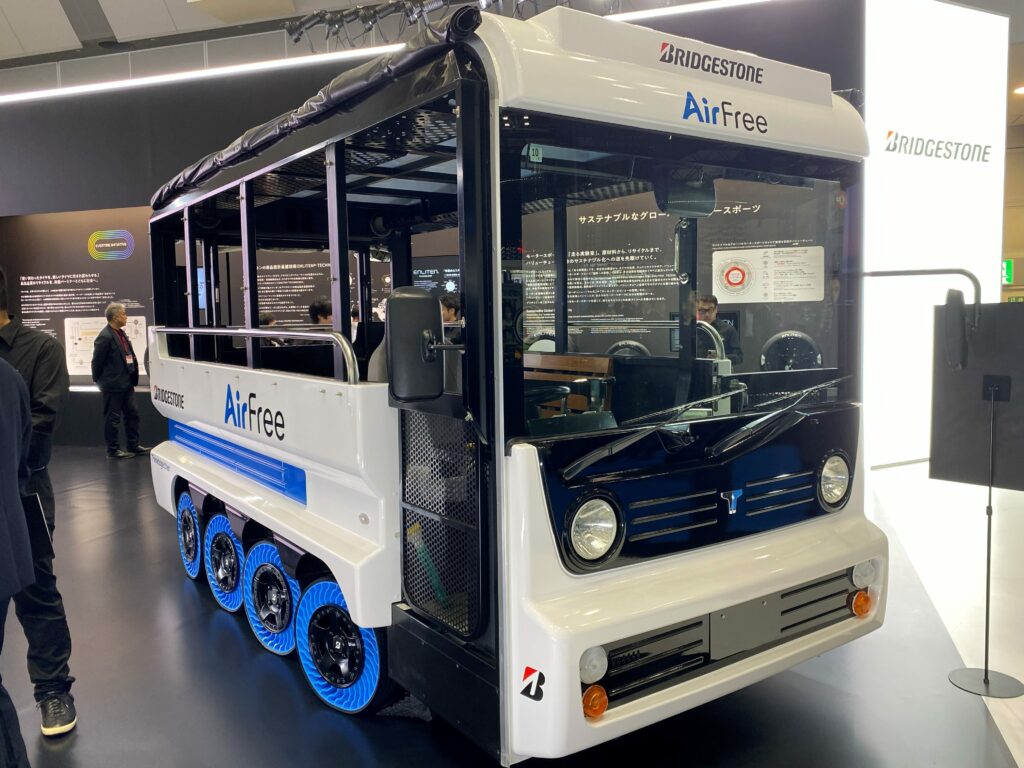On Wednesday, October 29, Japan Mobility Show 2025 kicked off at the Tokyo Big Sight. Japan’s largest automotive trade fair, the Mobility Show showcases the latest innovations in all things that move, from cars, trucks and buses, to the personal mobility devices of the future. Every hall of the Big Sight is filled to the brim with vehicles of all shapes and sizes, and there is a buzz of excitement flowing through the venue.
Wednesday was the opening press day, and members of the media had the first look at the unveiling of a multitude of world premieres. Reporters from MICE news outlet POP Inc. explored the show floor in order to learn more about the newest trends.
Tokyo Future Tour 2035 offers a glimpse into our lives 10 years from now. Personal mobility is expected to major role in our relationships with city living moving forward. Focusing on improved accessibility for all people, LIFEHUB Inc. is demonstrating the ingenuity of their “AVEST” electric wheelchair. AVEST is able to ascend stairs with ease thanks to LIFEHUB’s original “crawler system.” This system utilizes tracked treads on the underside of the chair that can smoothly climb steps and traverse uneven surfaces. Additionally, thanks to an ability that automatically controls the AVEST’s balance so that the user does not topple out of their seat, as well an obstacle sensor that warns of objects in the chair’s path and can even engage an emergency brake, the AVEST wheelchair provides safety measures that give users unparalleled peace of mind. AVEST is the next step for LIFEHUB as they work to fulfill their goal of creating a completely barrier-free future.
LIFEHUB homepage: https://www.lifehub.co.jp/home-en.html
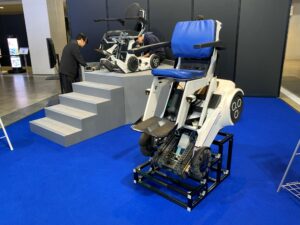
Mobility is not only a factor in cities, however. It influences the way we interact with nature as well. Mitsubishi Fuso is using the Japan Mobility Show as an opportunity to promote their NOMADPro camper. What sets the NOMADPro apart from the other RVs at the show is the fact that the right wall of the truck can unlatch like a gull-wing door, opening up the living space to the outdoors. This feature allows the usually small space of a camper to become incredibly more spacious, and it also doubles the available floor area. The NOMADPro contains all the necessary amenities for a comfortable camping trip, including a folding bed, an induction stove, a private shower room, and even a mounted TV screen. The camper is perfect for those who want to bring more nature into their everyday lives.
Fuso homepage: https://www.mitsubishi-fuso.com/en/
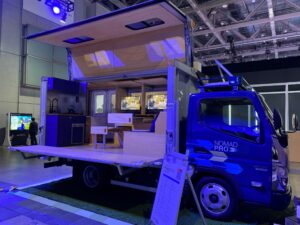
In order to connect more with nature, we must first protect it. One of the main attractions at car manufacturer Izusu’s booth is their “ELF EV” 100% electric-powered garbage truck. While the world progresses further and further with the transition to sustainable fuels, many companies face challenges that come with the change. In the case of deploying a fleet of electric vehicles, private chargers are required to be installed and electric battery condition may worsen over time. Isuzu promises to help resolve these issues by creating an optimal strategy for each customer.
Furthermore, the ELF garbage trucks are renowned for benefitting the communities in which they work. Electric vehicles are naturally quieter than gas vehicles, and the ELF even has a quiet loading mechanism so as to not disturb residents. In addition, the truck gives off no emissions which promotes clean and healthy air. And amazingly, the ELF is even helpful in natural disaster situations. The high-voltage battery can be used to supply power to household electrical appliances in order to keeps lights on or to heat water.
Isuzu homepage: https://www.isuzu.co.jp/world/
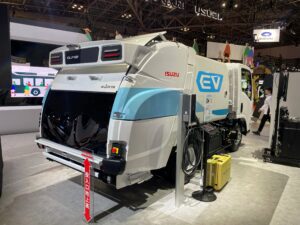
Hydrogen is another alternative fuel that is a prominent topic throughout the Japan Mobility Show. Mitsui O.S.K. Lines is going above and beyond this trend with their “Wind Hunter” hydrogen production and supply vessel. The Wind Hunter creates, stores, and transports hydrogen energy by harnessing the power of offshore wind. As the ship is being propelled by wind in its sails, the resistance force of the water activates an energy generation turbine that produces the hydrogen, refines it, and subsequently puts it in storage. At times when the wind is not strong enough, the previously-stored hydrogen powers an electric propeller, therefore making the ship entirely self-sufficient. Mitsui aspires to expand the reach of hydrogen energy in order to create a worldwide hydrogen supply chain.
Wind Hunter homepage: https://www.mol-service.com/en/services/low-carbon-decarbonized-business/wind-hunter
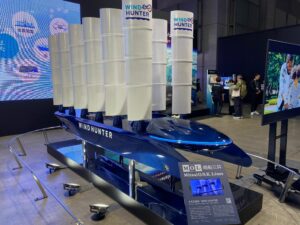
Starting on Friday, October 31, Japan Mobility Show 2025 will open to the general public. The show will run until Sunday, November 9, and high school students and children can attend for free.
